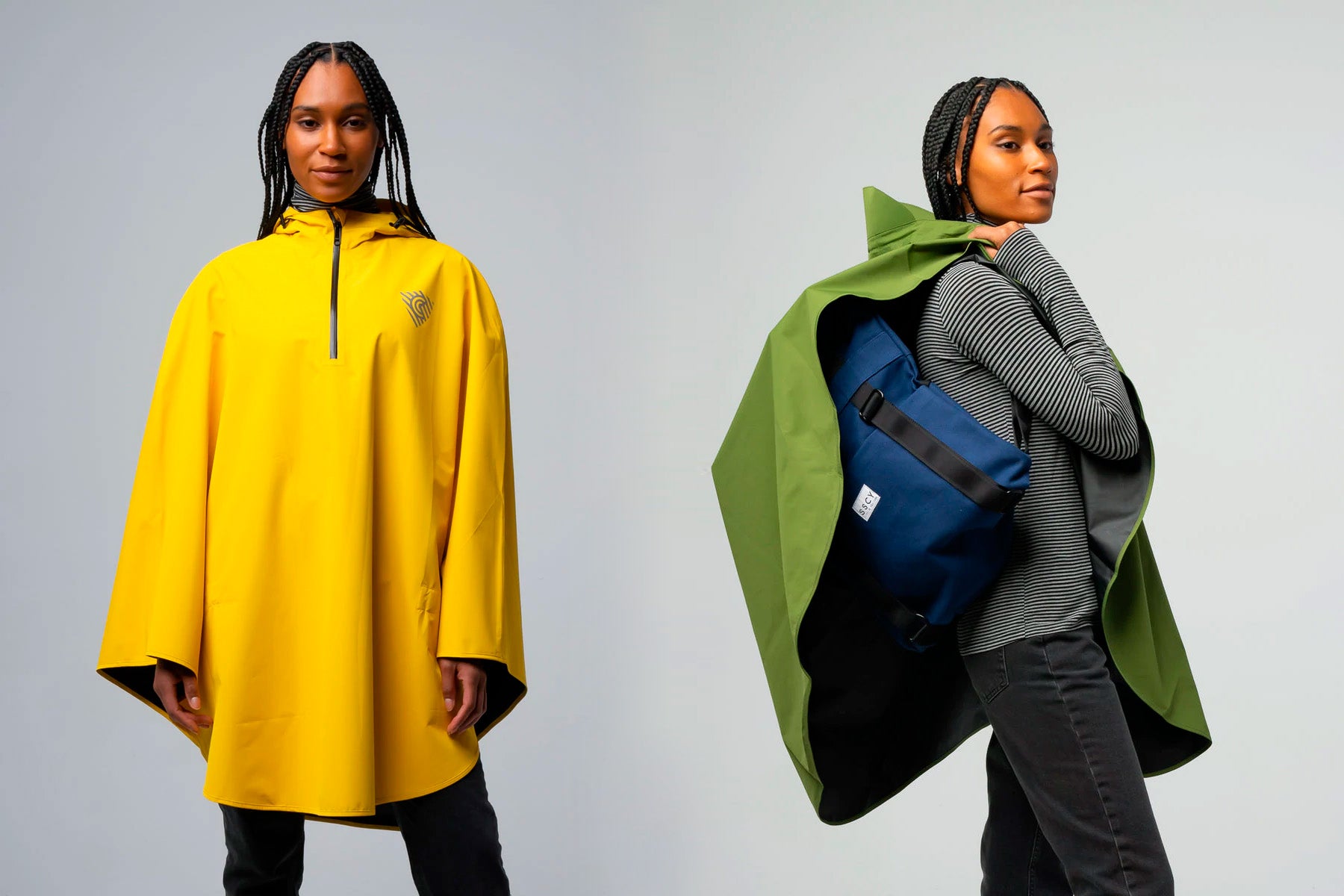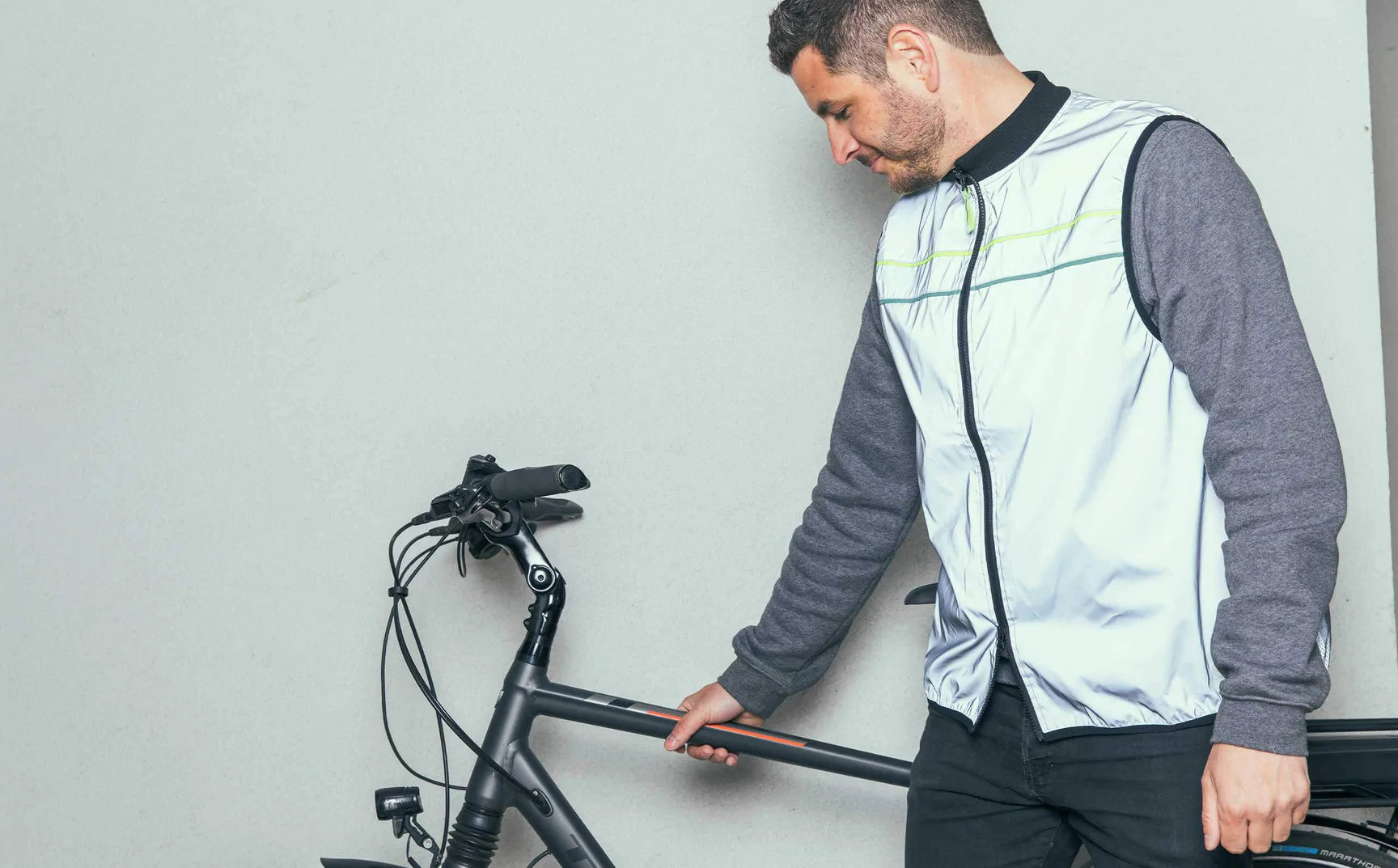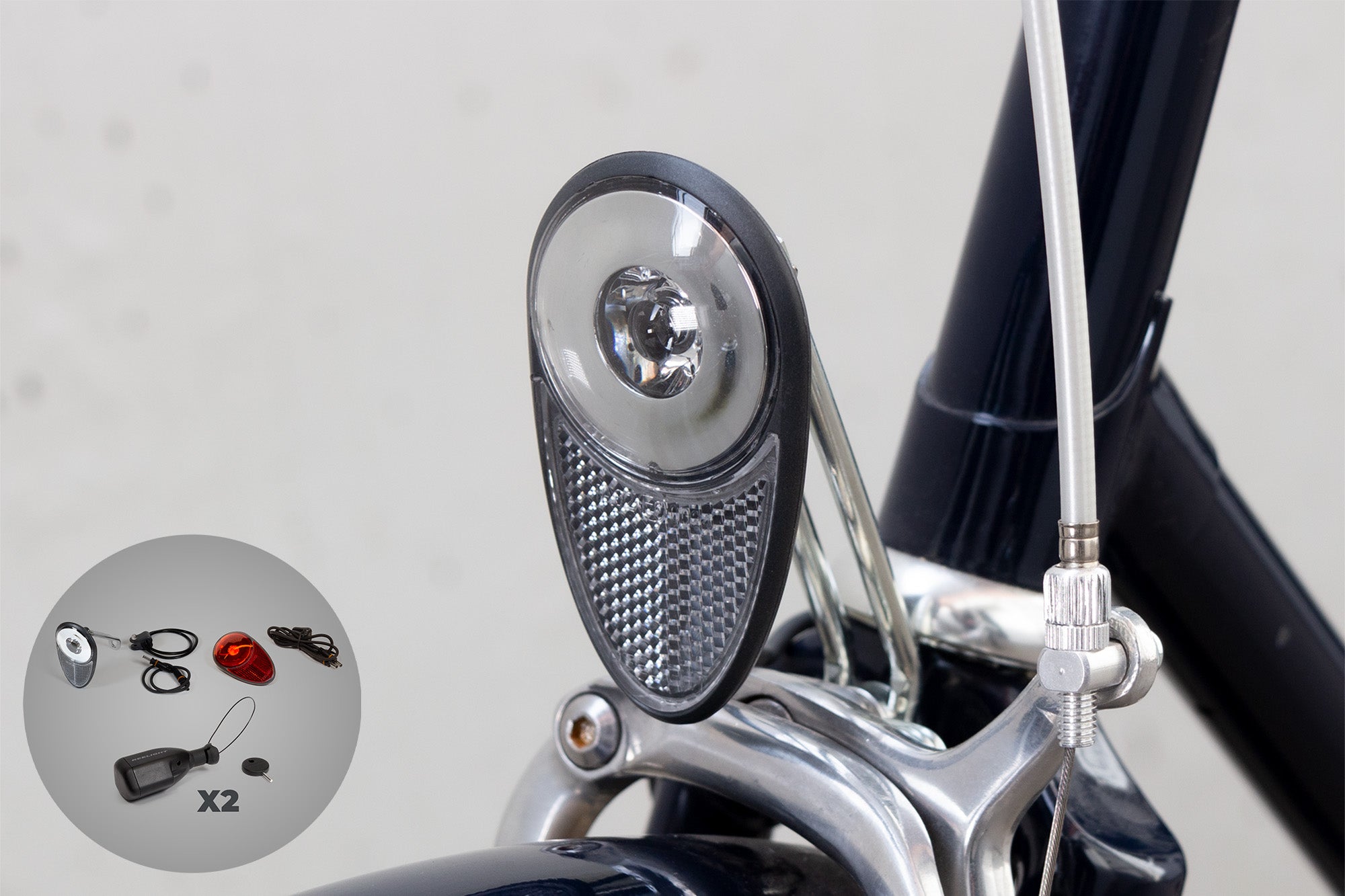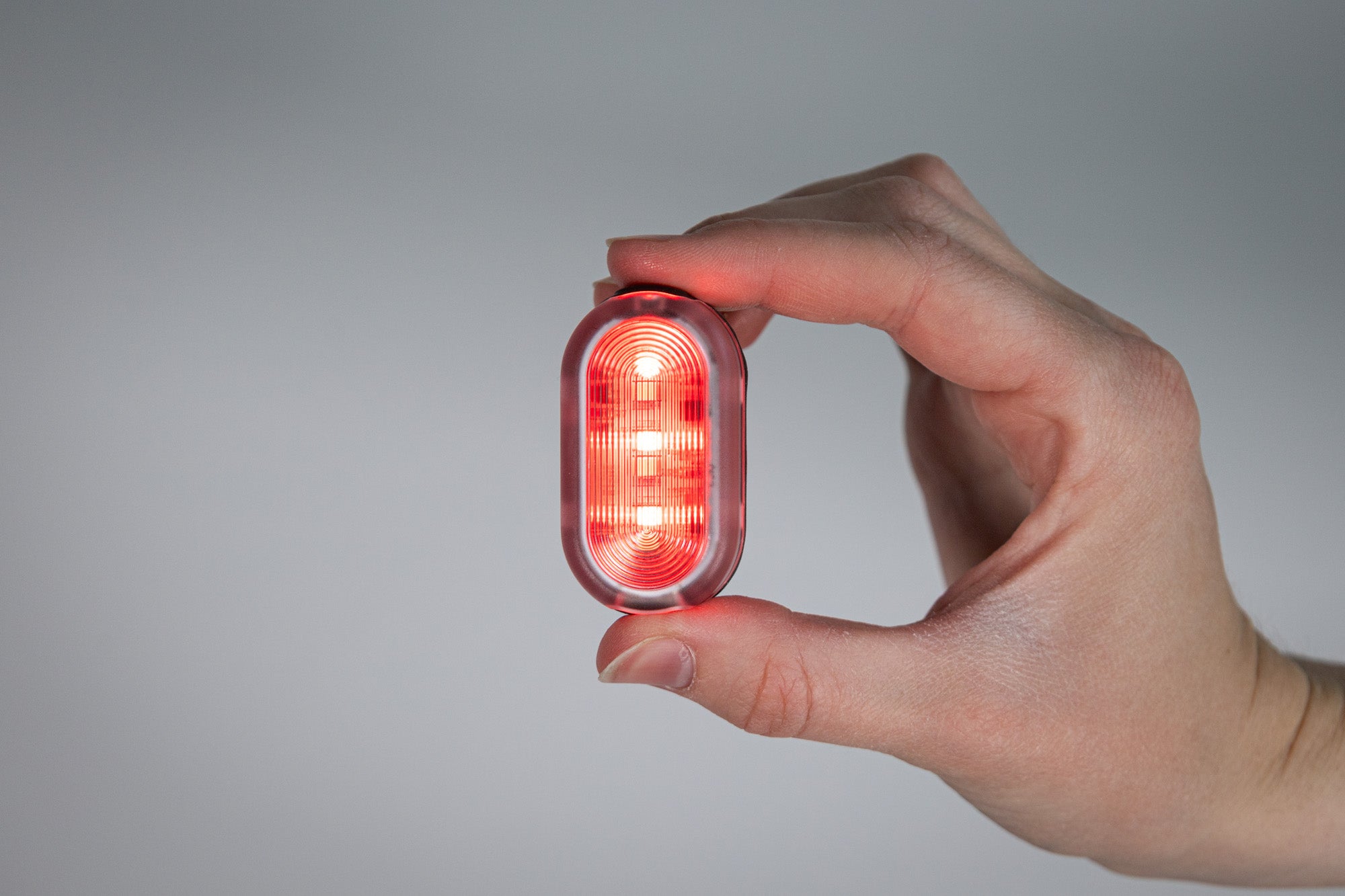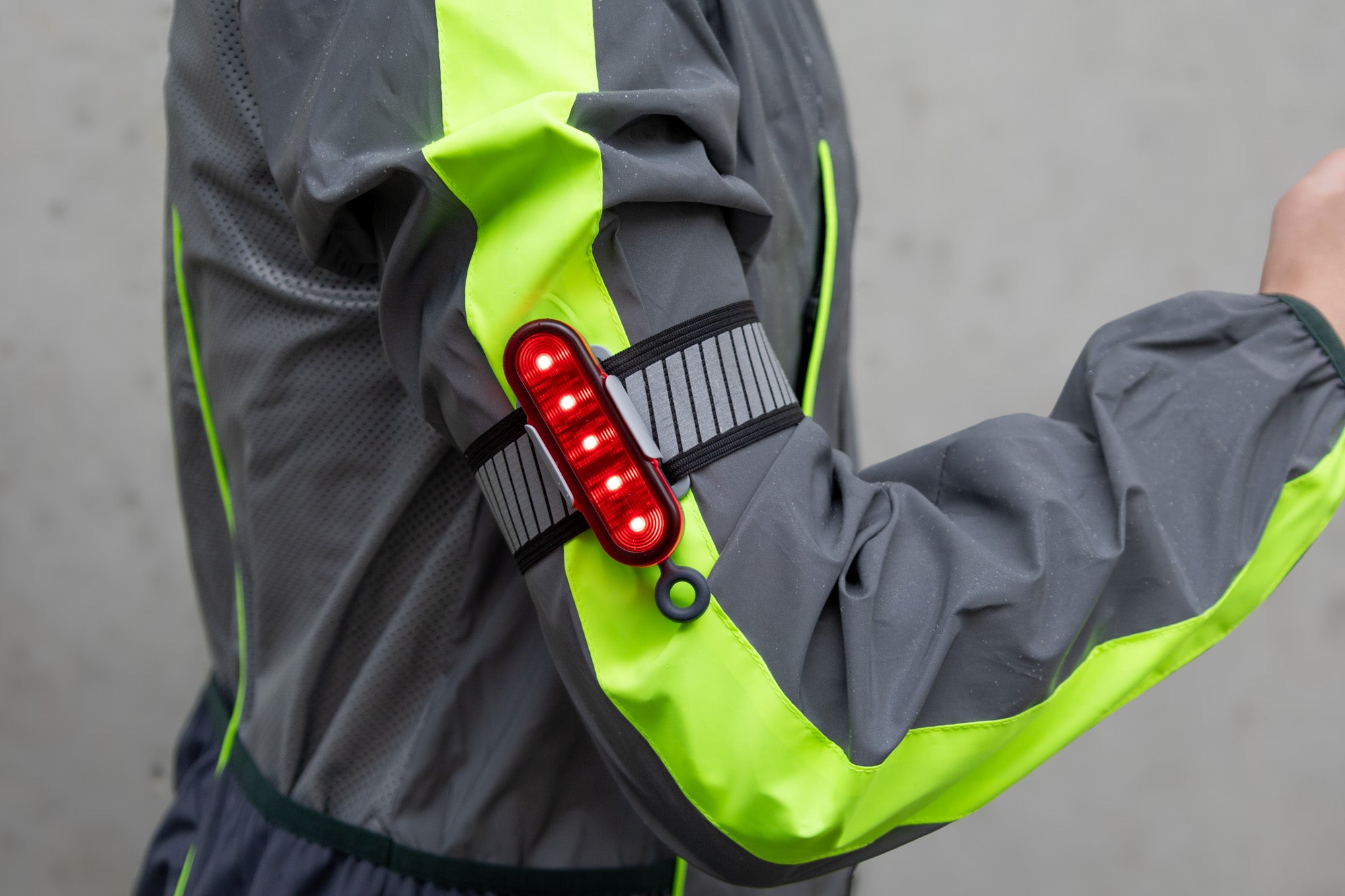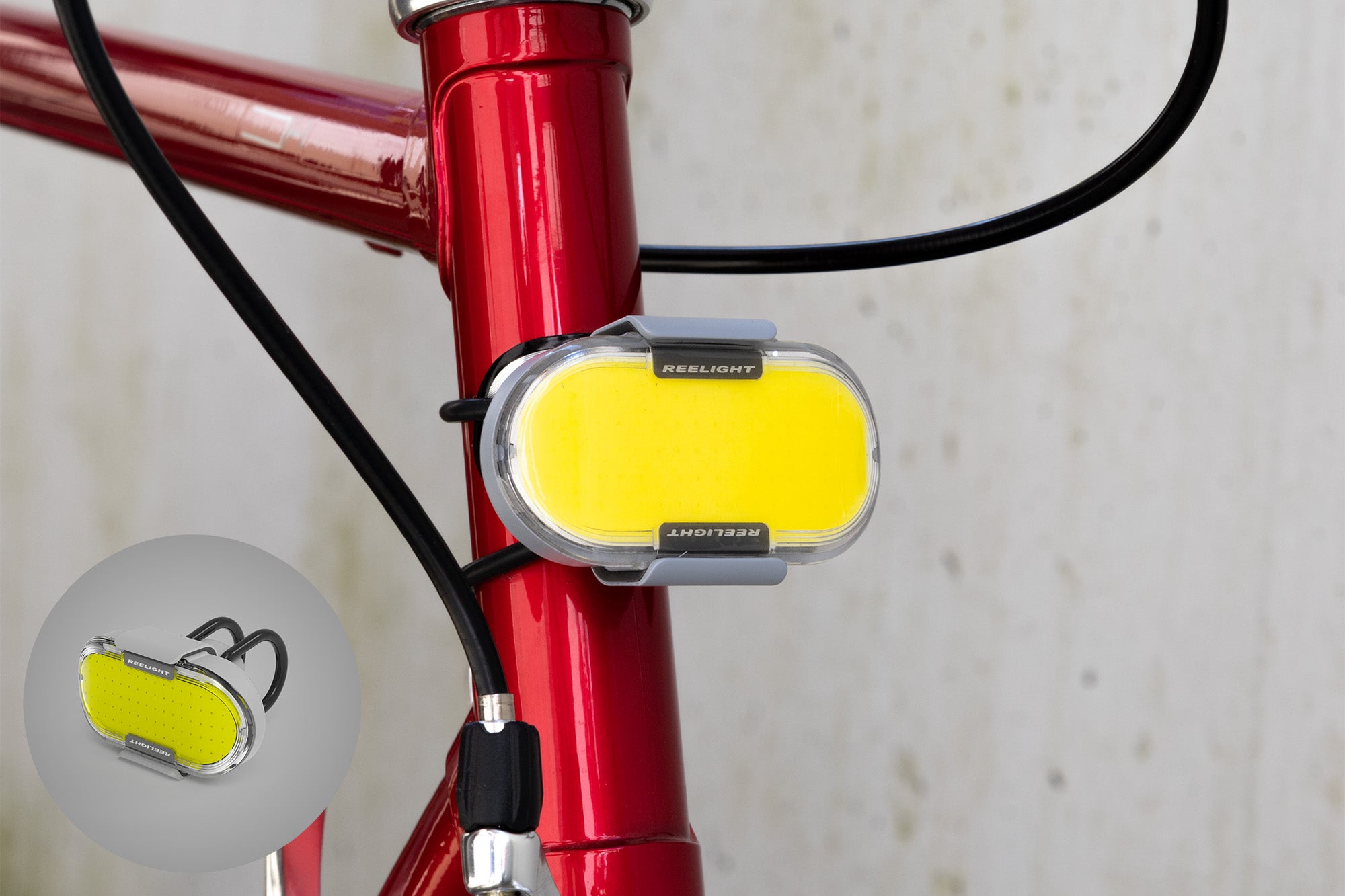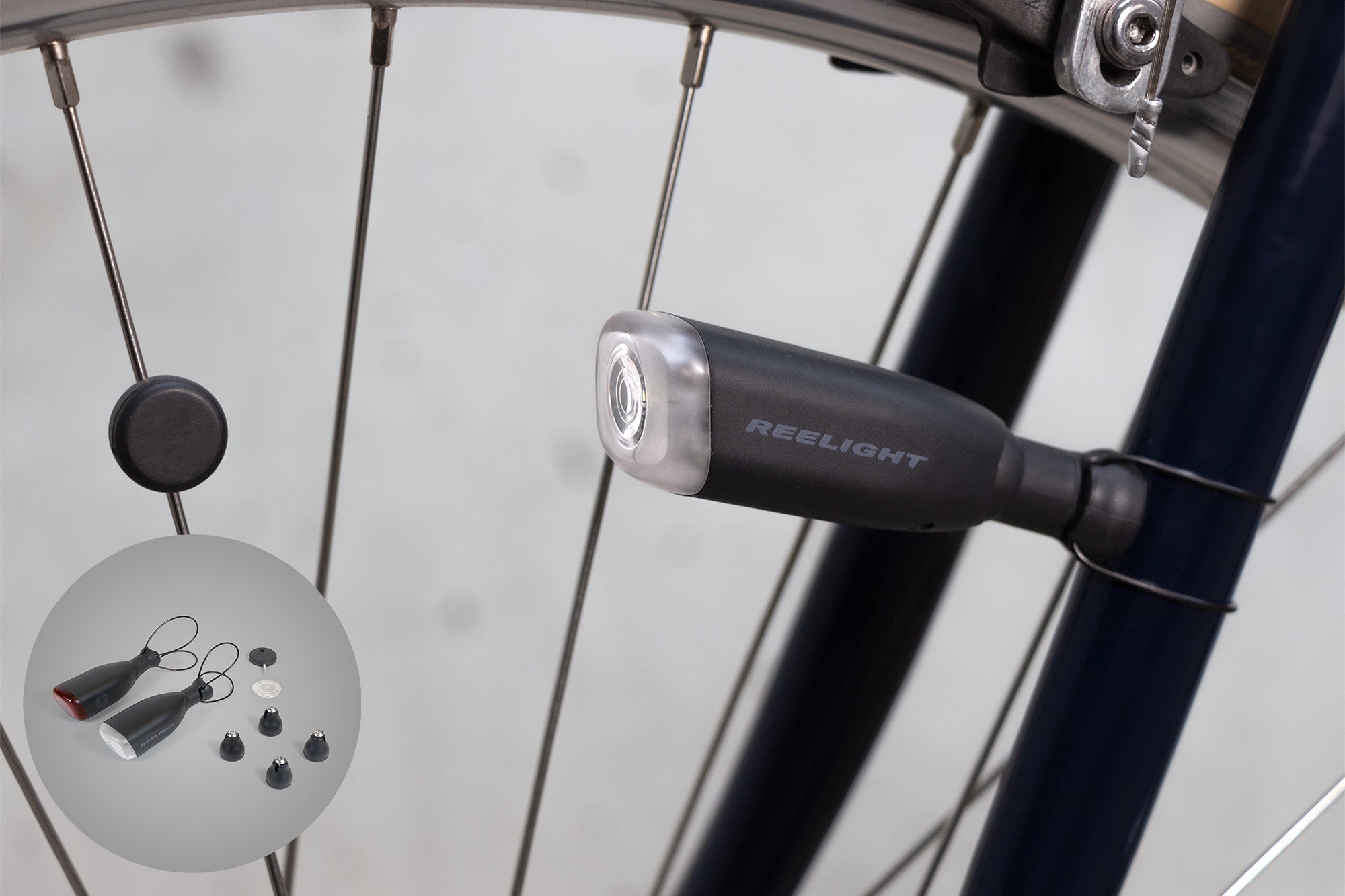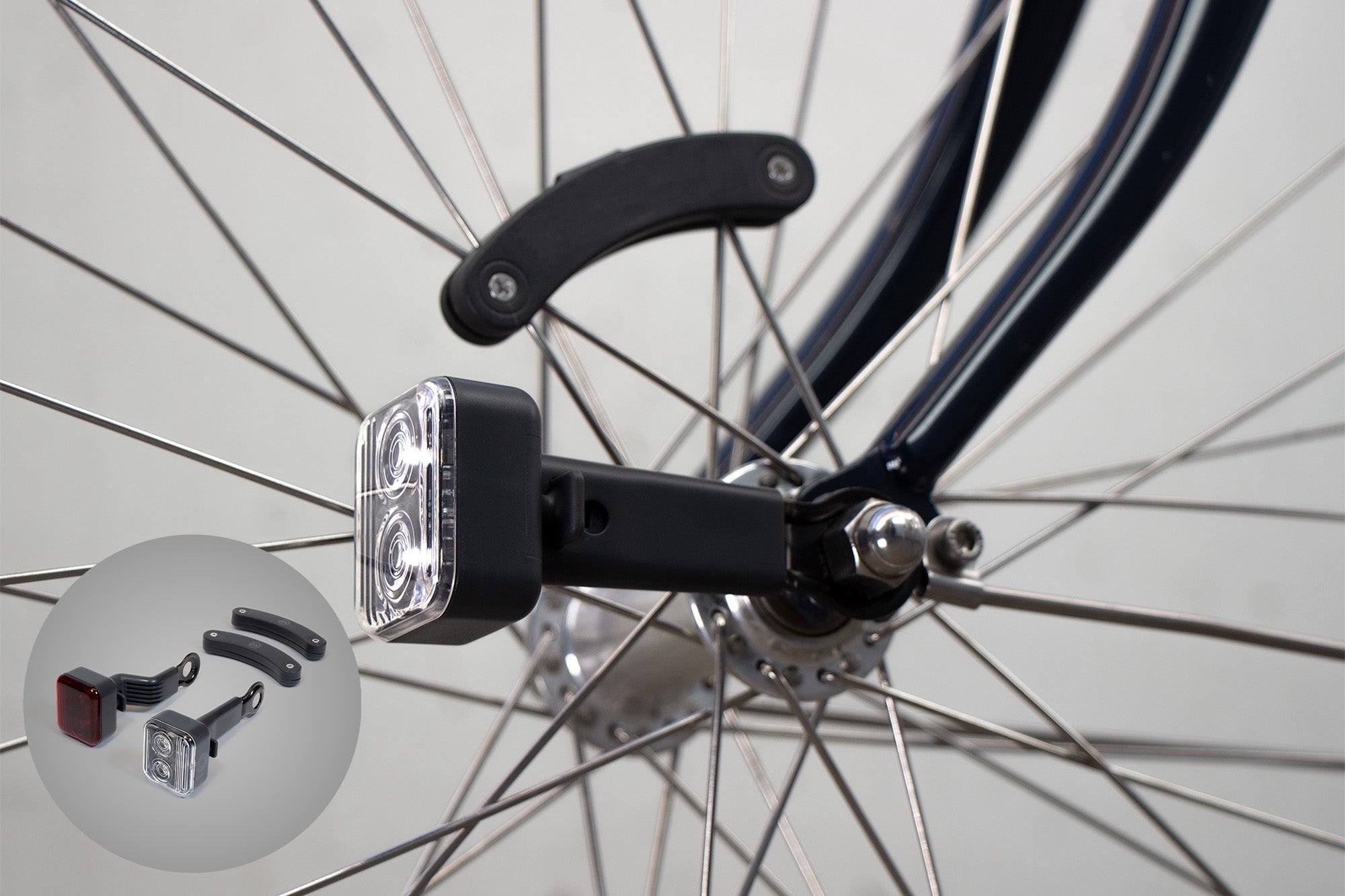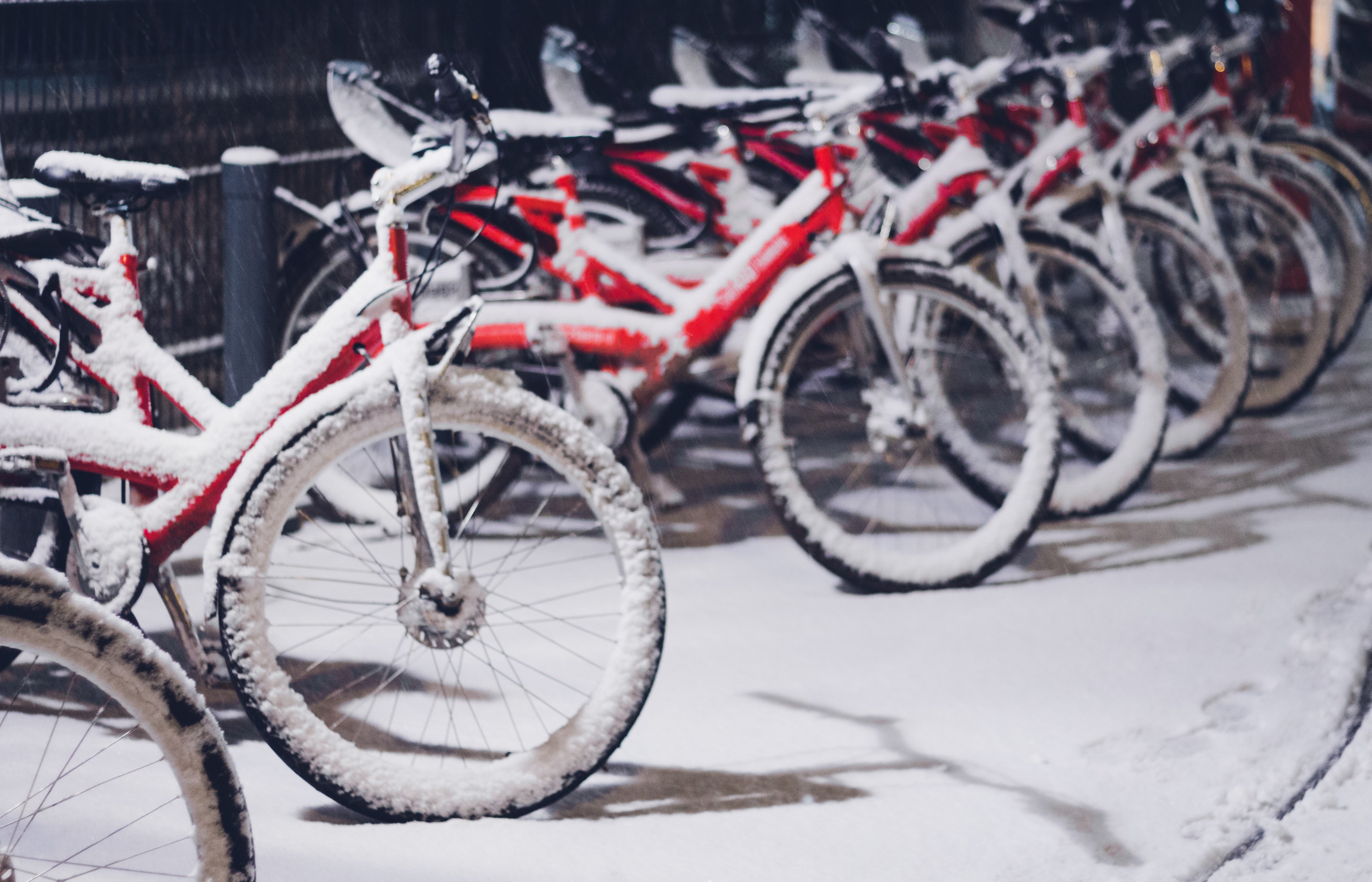
Do winter cycling like a Dane does
In many countries about now, articles encouraging cycling in winter are perhaps a little optimistic. However, this article is being written in Denmark, where approximately 80% of cycling commuters continue over the cold months. Which is twice the average in North America. How did this happen?
It makes a difference that investment in the Danish cycling infrastructure is world-leading - and huge. This investment is particularly noticeable when the snow arrives, when cycle paths are usually cleared before the main roads. A spectacle that will amaze any visiting foreigner.
But this is not the whole story. It’s largely to do with preparedness. Winter cycling can be a very pleasant and even fun activity if you’re dressed well and take extra care. Northern Europeans such as the Danes tend not to be surprised by the weather. Offices in cities are not filled with wet trousers on radiators or people typing emails with blue skin.
So, how do we cycle safely in winter? Here are some tips:
- Change your tyres. Motorists do this and it’s catching on amongst the cycling community. A spare set of winter tyres is affordable and quick to fit. The result? Better grip and more confidence out there. If you’re sticking with the fair weather tyres, reduce the pressure to increase the amount of rubber in contact with the tarmac.
- Layered clothing. Lots of Danish women - and some men - wear some kind of all-in-one quilted suit to cycle in. But assuming you’re wearing your normal working clothes, add some warm socks and invest in some gloves that are insulated but thin enough so you can use the gears and brakes. Avoid oven glove style mittens.
- Lights and reflectors. In the dark winter months there can be limited sunshine hours. Best bet is to use always-on magnetic lights, to increase safety even before it’s time for street lights to turn on. And pop on a reflective vest over your jacket. Day-glow is the new black.
- Check the bike. Bikes are more likely to break in the winter, as the components become less flexible in the cold. Avoid chilly mishaps by spending 30 minutes checking things over. Notably, brakes, lights, tyres and gears.
- Add time. Even if your cycle lane is clear, everyone moves more slowly in the winter. Even cyclists. Add on a few minutes to your ETA.
- Avoid the scenic route. Popular routes will be less icy and, therefore, safer.

